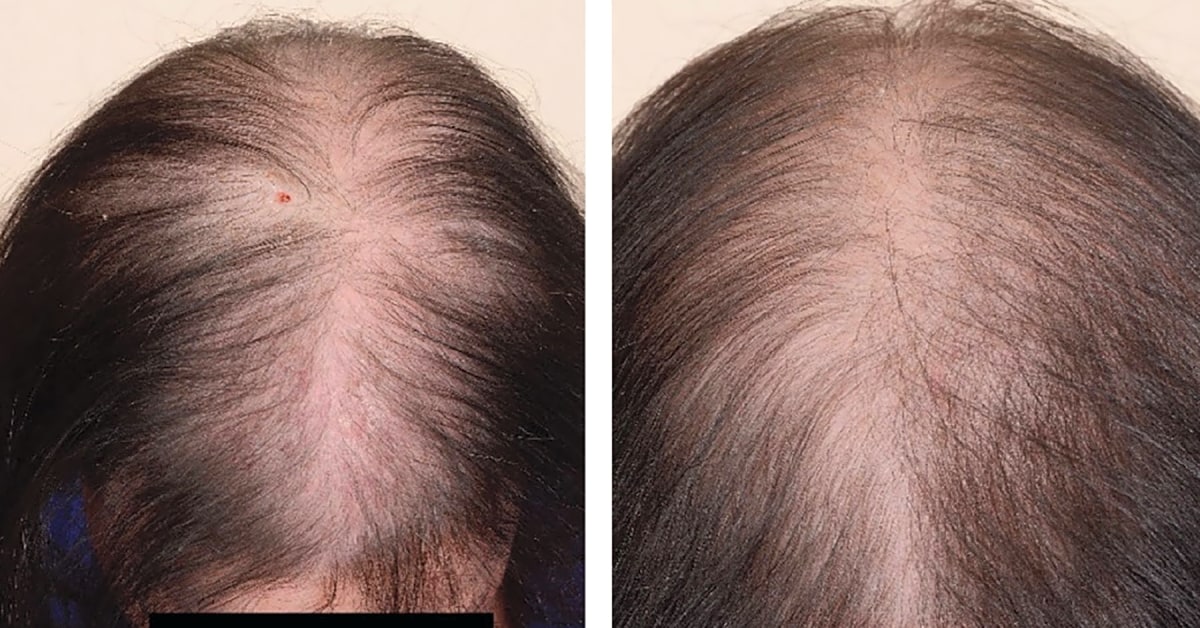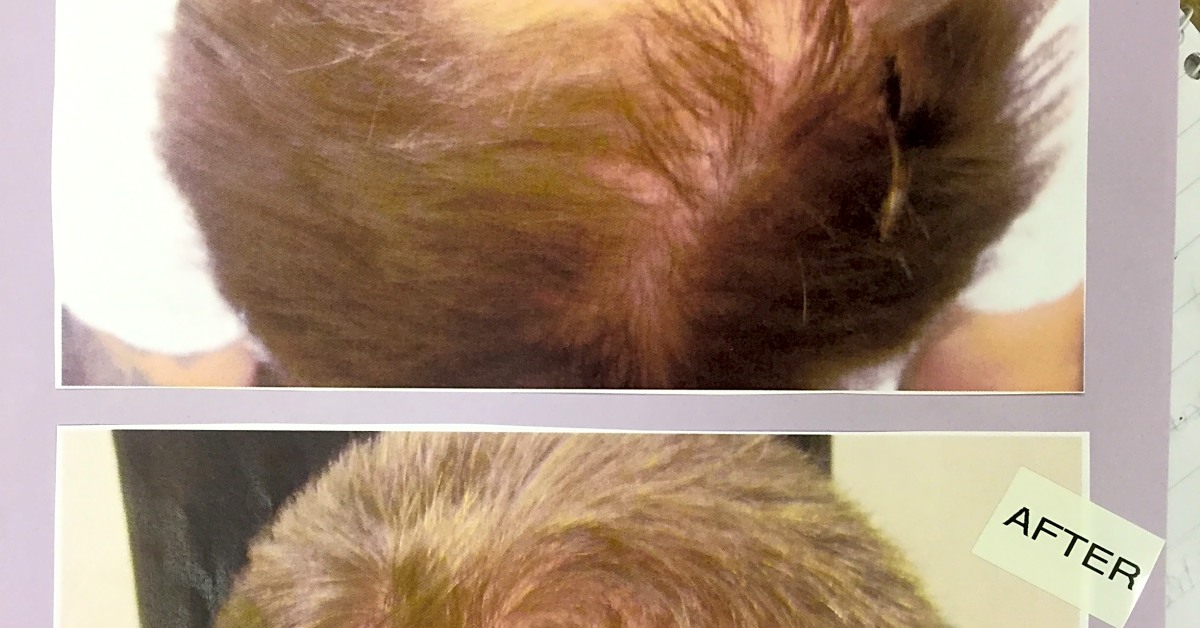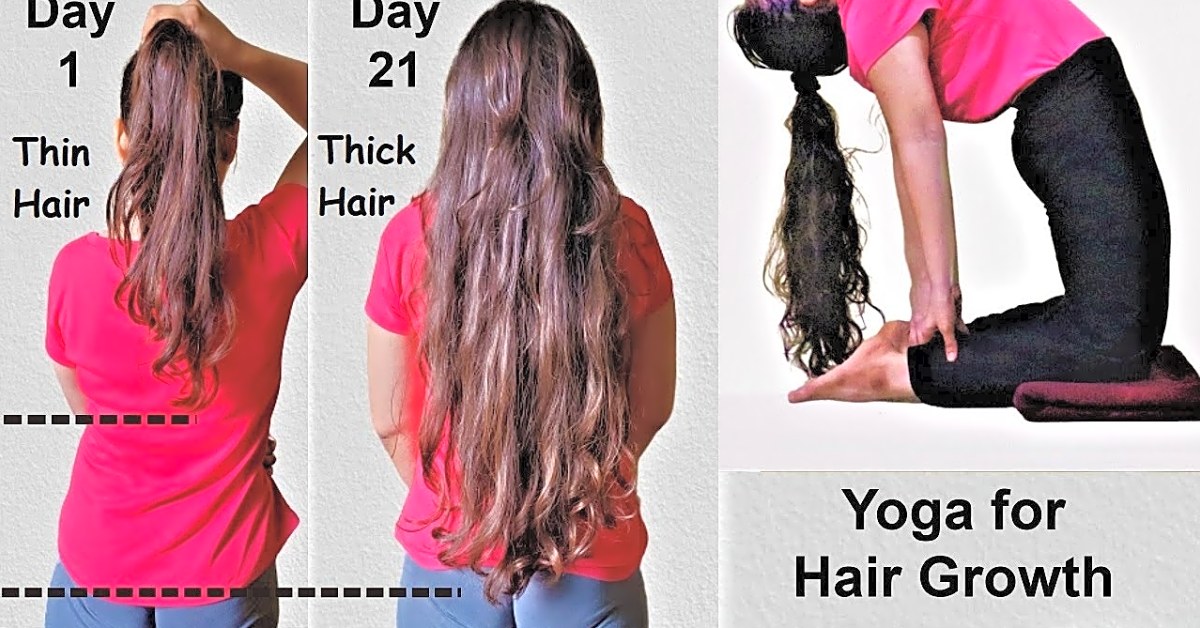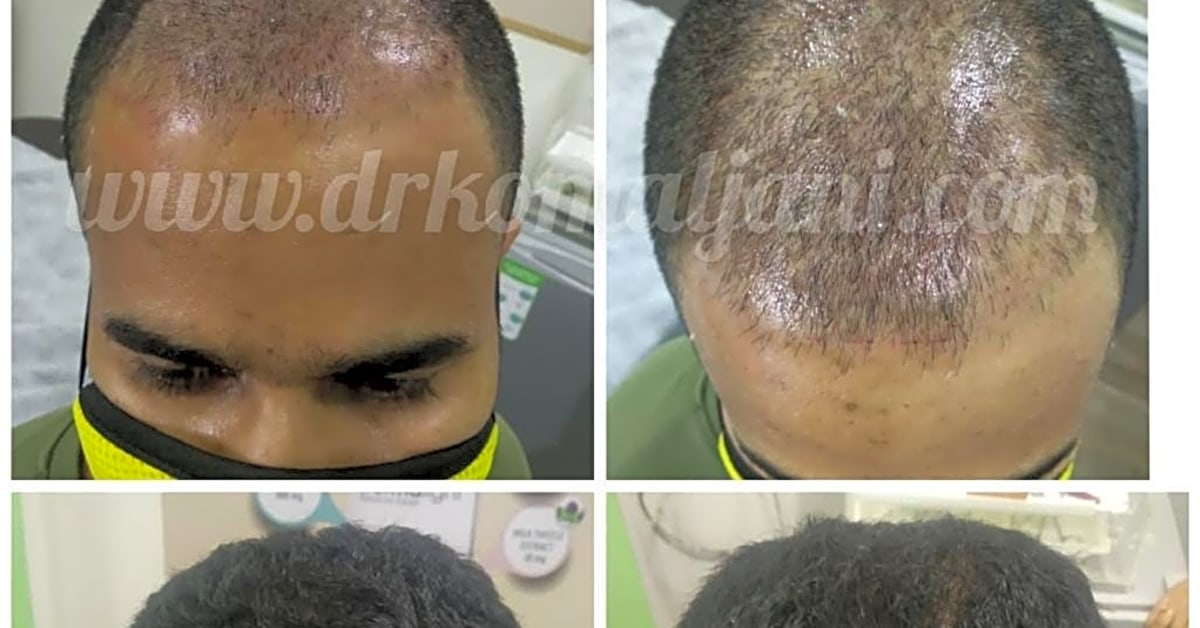Female hair loss is a common issue that many women face, and it can be caused by a variety of medical conditions. While hair loss is often associated with aging, it can also be a result of underlying health issues. In this article, we will delve deeper into the relationship between medical conditions and female hair loss. We will discuss the various causes and risk factors that can contribute to hair loss in women, and how understanding these factors can help in finding effective treatments. So, if you are a woman experiencing hair loss, or simply want to learn more about this topic, keep reading.
To begin, it is important to understand that hair loss is a natural part of the hair growth cycle. However, when excessive hair loss occurs, it may be a sign of an underlying medical condition. Some common medical conditions that can lead to female hair loss include hormonal imbalances, autoimmune diseases, and thyroid disorders. It is crucial to identify the root cause of hair loss in order to effectively treat it.
Hormonal imbalances, such as changes in estrogen levels during pregnancy or menopause, can cause temporary hair loss. Autoimmune diseases, such as alopecia areata, attack the hair follicles and can result in patchy or complete hair loss. Thyroid disorders can also affect hormone levels and contribute to hair loss.
In addition to medical conditions, other risk factors such as genetics, stress, and certain medications can also play a role in female hair loss. Understanding these factors can help individuals take proactive measures in preventing or slowing down the process.
When it comes to treating hair loss, there are various options available. These include medications, hair transplant surgery, and natural remedies. It is important to consult with a medical professional to determine the best course of action for each individual case.
For those seeking solutions to regrow their hair, there are also several options to consider. These include laser therapy, scalp micropigmentation, and hair growth supplements. Each option has its own benefits and potential side effects, so it is important to research and consult with a professional before making a decision.
When addressing hair loss specifically in women, it is important to note that the condition may have different underlying causes than in men. This is why it is crucial to seek out information specific to female hair loss and consult with a healthcare provider who specializes in this area.
In conclusion, understanding the medical conditions and risk factors associated with female hair loss is crucial in finding the right treatment and regrowth solutions. By addressing the root cause of hair loss and exploring various treatment options, individuals can take control of their hair health and potentially restore their hair to its former glory.
Risk Factors
Female hair loss can be caused by a variety of medical conditions, but there are also other factors that can contribute to this common concern. These risk factors include genetics, hormonal imbalances, and certain medications. Genetics play a significant role in determining if a woman will experience hair loss, as it can be passed down through family members. Hormonal imbalances, such as those related to pregnancy or menopause, can also lead to hair loss. Additionally, certain medications like chemotherapy drugs and birth control pills can have a side effect of hair loss. It is important to recognize these risk factors in order to address them and potentially prevent or treat female hair loss.
Autoimmune Diseases
Autoimmune diseases are a group of disorders where the immune system mistakenly attacks healthy cells in the body. This can lead to a variety of symptoms and complications, including hair loss.
The hair follicles, which are responsible for producing hair, can be affected by autoimmune disorders. When the immune system attacks the follicles, it can lead to inflammation and damage, resulting in hair loss.
Some common autoimmune diseases that have been linked to hair loss include:
- Alopecia areata: This condition causes patchy hair loss on the scalp, eyebrows, and other parts of the body.
- Lupus: Lupus is a chronic autoimmune disease that can cause hair loss, among other symptoms.
- Hashimoto’s thyroiditis: This disorder affects the thyroid gland and can lead to hair loss as a result of an underactive thyroid.
- Celiac disease: Individuals with celiac disease may experience hair loss due to malabsorption of nutrients.
If you are experiencing unexplained hair loss, it is important to consult with a medical professional to determine if an autoimmune disorder could be the cause. Early detection and treatment can help prevent further damage to the hair follicles and promote regrowth.
Thyroid Disorders
The thyroid gland is responsible for producing hormones that regulate the body’s metabolism and energy. When this gland is not functioning properly, it can lead to a variety of medical conditions, including hair loss.
One of the main connections between thyroid function and hair loss is the production of the hormone thyroxine. When there is an imbalance in this hormone, it can cause hair follicles to become weak and eventually lead to hair loss.
Additionally, an overactive or underactive thyroid gland can also disrupt the normal hair growth cycle, leading to hair thinning and shedding. This disruption can be caused by conditions such as hypothyroidism or hyperthyroidism.
Furthermore, certain medications used to treat thyroid disorders, such as levothyroxine, can also contribute to hair loss as a side effect.
It is important for women experiencing hair loss to get their thyroid function checked by a healthcare professional. Treatment for thyroid disorders may help improve hair loss, but it is important to consult with a doctor before making any changes to medication or treatment plans.
Hormonal Imbalances
Hormones play a vital role in regulating various functions in the body, including hair growth. When there is an imbalance in hormone levels, it can lead to hair loss in women.
One of the main hormones that can affect hair growth is dihydrotestosterone (DHT). This hormone is produced from testosterone and can cause hair follicles to shrink, leading to thinner hair and eventually baldness.
Another hormone that can contribute to female hair loss is estrogen. Low levels of estrogen can lead to a decrease in hair growth, while high levels can cause hair to become brittle and prone to breakage.
In addition to these two main hormones, other imbalances such as thyroid hormones, insulin, and cortisol can also play a role in hair loss. An overactive or underactive thyroid gland can disrupt the normal functioning of hair follicles, while insulin resistance and high cortisol levels can also contribute to hair thinning.
It is important to understand the role of hormones in hair loss as it can help identify underlying medical conditions that may be causing the imbalance. By addressing these hormonal imbalances, it may be possible to prevent or even reverse hair loss in women.
Regrowth Solutions
Hair loss in women can be a distressing experience, and finding effective solutions for regrowth can be overwhelming. The good news is that there are various methods available for promoting hair regrowth in women. These methods range from natural remedies to medical treatments, and each one targets different underlying causes of hair loss.
One of the most common methods for regrowing hair in women is through the use of topical treatments. These include over-the-counter products such as minoxidil, which is a medication approved by the FDA for treating female pattern baldness. Minoxidil works by increasing blood flow to the scalp, which can stimulate hair growth.
In addition to topical treatments, there are also oral medications available that can help with hair regrowth. These medications, such as finasteride, work by blocking the hormone responsible for hair loss in women.
For those looking for a more natural approach, there are also several home remedies that have been shown to promote hair growth. These include using essential oils, such as rosemary or peppermint oil, as well as incorporating certain vitamins and minerals into your diet.
In some cases, more advanced medical procedures may be necessary for hair regrowth in women. These procedures include platelet-rich plasma (PRP) therapy, which involves injecting a patient’s own blood into the scalp to promote hair growth, and laser therapy, which uses low-level light to stimulate hair follicles.
It’s important to consult with a doctor or dermatologist before starting any regrowth treatment to determine the best course of action for your specific needs. By understanding the different methods available for regrowing hair in women, you can make an informed decision on how to address your own hair loss concerns.
Treatment Options
Female hair loss can be a distressing experience for many women. While there are various medical conditions that can cause hair loss in females, there are also several treatment options available to help promote regrowth and prevent further balding.
One of the most common forms of treatment for female hair loss is medication. Prescription drugs such as minoxidil and finasteride have been approved by the FDA for treating hair loss in women. These medications work by stimulating hair growth and preventing further hair loss. However, they may also come with potential side effects such as scalp irritation and decreased libido.
In addition to medication, there are also natural treatment options that can help with hair regrowth. These include essential oils, herbal supplements, and dietary changes. For example, incorporating more protein, iron, and vitamin D into your diet can help strengthen hair and promote growth.
Another popular treatment option for female hair loss is low-level laser therapy (LLLT). This non-invasive treatment uses red light therapy to stimulate hair follicles and improve circulation in the scalp. It has been shown to be effective in promoting hair growth and increasing hair density.
Other alternative treatments for female hair loss include platelet-rich plasma (PRP) therapy, scalp micropigmentation, and hair transplant surgery. It’s important to consult with a medical professional to determine the best treatment option for your specific condition.
In conclusion, there are various medical and natural treatment options available for female hair loss. Whether it’s medication, essential oils, or laser therapy, it’s important to find the right solution for you and your unique needs. With proper treatment and care, you can restore your hair and regain confidence in your appearance.
Female hair loss can be a frustrating and overwhelming experience, but it is important to remember that there are solutions available. By understanding the medical conditions and risk factors associated with female hair loss, individuals can take proactive steps towards preventing or slowing down the process. It is also important to seek out professional guidance and explore various treatment options to find the best fit for each individual case.







